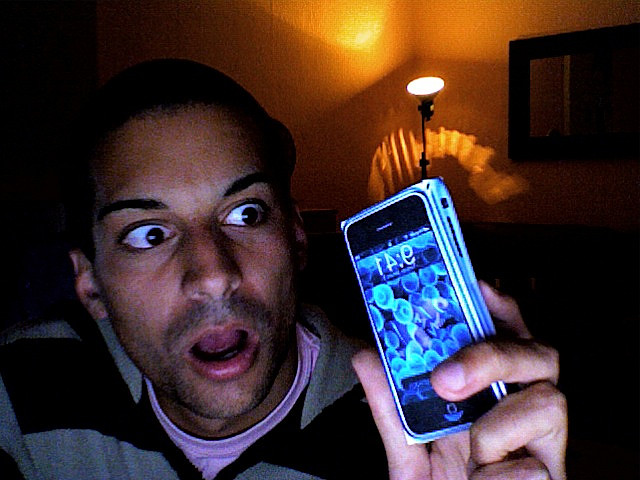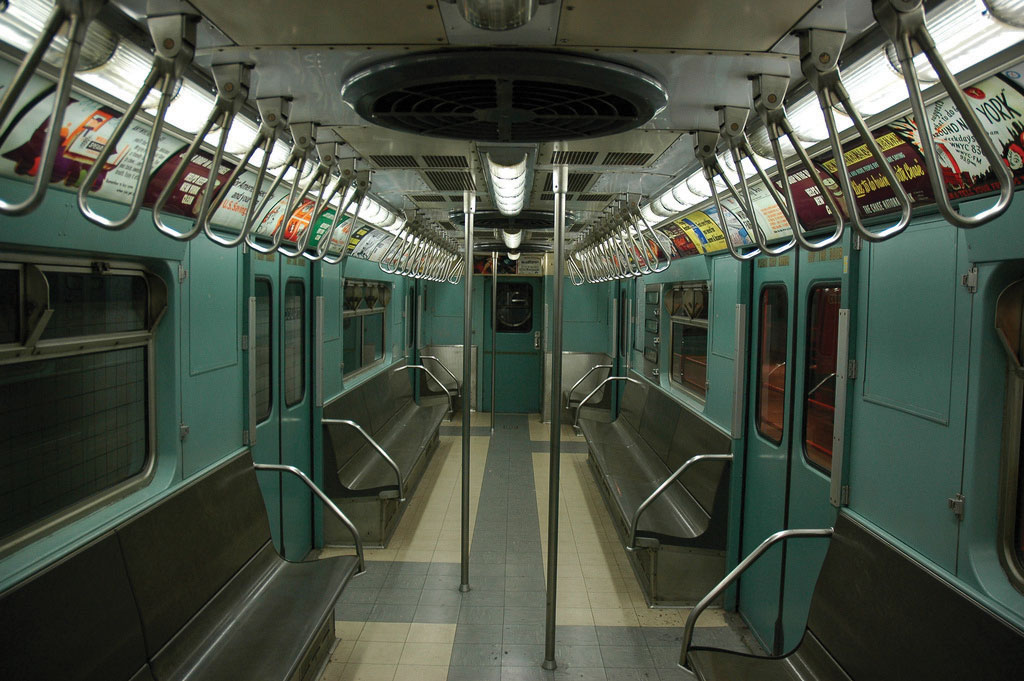Our talented team know how to excite, inspire and engage. With backgrounds in events, entertainment and travel, we’re full of ideas for amazing prizes and unforgettable incentives!
At Fulcrum, we all come to work every day because we have a shared love of travel and delivering once-in-a-lifetime experiences.
Our team meetings are buzzing with fresh ideas, brand new experiences and glowing feedback from our travellers. We know what makes a great incentive, we have an encyclopaedic knowledge of the best experiences around the world, and we have an ever-expanding ‘little black book’ of the most exclusive suppliers in the business.
In addition to our creative ideas and experience, we know that our clients value our expertise and dedication to solving problems rather than creating them. Prizes and incentives are our world, but we understand that our clients have other priorities, so we make sure we’re delivering our ideas on-time, on-budget and on-brand. We thrive on tight deadlines, logistical challenges and creating perfectly tailored solutions, without the headaches!
About us
Perfect solutions every time
As a leading marketing Agency, we’re immensely proud to work with brands and agencies across a huge range of sectors and industries, giving us an unrivalled breadth of experience.
we have created and fulfilled prizes for promotions and activations across the world.
Our aim: help our clients achieve their goals through our experience and expertise, taking the stress and hassle out of prize fulfilment.
We work for both direct brands and agencies, often in collaboration or with other specialist agencies and partners. Many of our clients have existing assets – from festival tickets to sports hospitality – which we help them to build into the best possible prize packages. Others want to create unique, eye-catching marketing and btl content around their prize winners. We can deal with winners from any country and in any language; we can provide a full btl management service; we can even source camera crews for content capture.
Whatever your brief, we’ve got it covered.
SALES INCENTIVES
Driving sales and performance through tailored, flexible incentive programmes
With pressure always on to drive sales and performance, sales incentives are an essential part of rewarding achievement within many companies. From internal staff reward programmes to dealer and channel incentives, there’s no better way to create a happy, engaged and motivated workforce.
Our main goal is to understand your people and what makes them tick. From hundreds in a call centre team to a small on ground sales team, a clear overview of your audience is the most important part of the process. By taking a best approach, offering maximum choice and flexibility, we create incentives which are targeted, effective and tailored to your team.
Whether it’s sales rewards, dealer incentives or channel incentives, drop us a line; we’d love to help you drive sales with our fresh and creative approach to prizes and incentives. From once-in-a-lifetime holidays to mini-breaks, high-street vouchers and designer goods, you can rest assured that with Fulcrum you’re in safe hands.
24 hour turnaround for urgent briefs
Topline ideas within 2 hours if needed
Competitive fixed quotes with no hidden costs
Expert Winner Management and Fulfilment
modern trade marketing consultant | engagement marketing Staff Babhai
Integrated Marketing Communications and the Changing Media Landscape
Chapter 11: Integrated Marketing Communications and the Changing Media Landscape
11.1 Integrated Marketing Communications (IMC)
11.2 The Promotion (Communication) Mix
11.3 Factors Influencing the Promotion Mix, Communication Process, and Message Problems
11.4 Advertising and Direct Marketing
11.5 Message Strategies
11.6 The Promotion Budget
11.7 Sales Promotions
11.8 Discussion Questions and Activities
11.1 Integrated Marketing Communications (IMC)
Learning Objectives
- Understand what integrated marketing communications (IMC) are.
- Understand why organizations may change their promotional strategies to reach different audiences.
Once companies have developed products and services, they must communicate the value and benefits of the offerings to current and potential customers in both business-to-business (B2B) and business-to-consumer (B2C) markets. Integrated marketing communications (IMC)provide an approach designed to deliver one consistent message to buyers through an organization’s promotions that may span all different types of media such as TV, radio, magazines, the Internet, mobile phones, professional selling, and social media. For example, Campbell’s Soup Company typically includes the “Mm, mm good” slogan in the print ads it places in newspapers and magazines, in ads on the Internet, and in commercials on television and radio. Delivering consistent information about a brand or an organization helps establish it in the minds of consumers and potential customers across target markets. Although the messages are very similar, Campbell’s uses two variations of commercials designed to target different consumers. Watch the following two YouTube videos. You’ll notice that the message Campbell’s gets across is consistent. But can you figure out who is in the two target audiences?
Video Clip
A Meal That’s Always Popular with the Group
Campbell’s soup provides a good meal.
Video Clip
So Many Possibilities for Enjoying Soup
Campbell’s soup pleases people of all ages.
Changes in communication technology and instant access to information through tools such as the Internet and social media (online communication among interdependent and interconnected networks of organizations, people, and communities) explain one of the reasons why integrated marketing communications have become so important. Consumers are also changing. With access to many sources of information and often an interest in interactive media, consumers may collect more product information on their own. Marketers must organize and assemble available information to build a consistent brand message and make it relevant. With IMC, organizations can coordinate their messages to build the brand and develop strong customer relationships while also helping customers satisfy their needs.
FedEx’s two recent campaigns, the “We Understand” tagline launched in 2009 and the “Solutions that Matter” tagline launched in 2011, illustrate examples of IMC campaigns they used to deliver a consistent message across all media channels including television commercials, e-mails, social media, mobile marketing, direct mail, and the FedEx channel on YouTube (Dilworth, 2010). Watch the following videos to see examples of commercials in the FedEx campaigns.
Video Clip
The “We Understand” at FedEx Shows Customers that They Understand and Can Satisfy Their Needs
FedEx often uses a humorous appeal.
Video Clip
To Help Customers during a Weak Economy, FedEx Launched a New Campaign Called “Solutions that Matter”
Changing Media
Many consumers and business professionals seek information and connect with other people and businesses from their computers and phones. The work and social environments are changing, with more people having virtual offices and texting on their cell phones or communicating through social media sites such as Facebook, LinkedIn, Pinterest, and Twitter. As the media landscape changes, the money that organizations spend on different types of communication will change as well. Some forecasts indicate that companies will spend almost 27 percent of their total promotional budgets, or $160 billion, on electronic or non-traditional media by 2012.
Figure 11.1
Some consumers feel lost without their cell phones. Phones such as the one pictured provide a source of information for consumers and a new medium for advertisers to deliver information.
Yeray Hdez Guerra – iPhone – CC BY 2.0.
Many college students are part of the millennial generation, and it is consumers from this generation (people like you perhaps) who are driving the change toward new communication technologies. You might opt to get promotions via mobile marketing—say, from stores on your cell phone as you walk by them or via a mobile gaming device that allows you to connect to the Web. Likewise, advertisements on Facebook are popular as businesses continue to utilize more social media. For example, when Honda let people on Facebook use the Honda logo to give heart-shaped virtual gifts on Valentine’s Day, over one and a half million people participated in the event and viewed the Honda Fit online in the process. Imagine the brand awareness generated for the Honda Fit.
Figure 11.2
Marketing based on the Internet and wireless technology is popular.
Danard Vincente – Search-Engine-Marketing – CC BY 2.0.
Traditional media (magazines, newspapers, television) compete with media such as the Internet, texting, mobile phones, social media, user-generated content such as blogs, and YouTube as well as out-of-home advertising such as billboards and movable promotions. You might have noticed that the tray tables on airplanes sometimes have ads on them. You have probably also seen ads on the inside of subway cars, in trains and buses, and even in bathroom stalls. These, too, are examples of out-of-home advertising.
Figure 11.3
The inside walls of many subways provide an opportunity for advertisers to reach commuters with their messages.
emilydickinsonridesabmx – Vintage NYC Subway Trains – CC BY 2.0.
Key Takeaway
As the media landscape changes, marketers may change the type of promotions they use in order to reach their target markets. With changing technology and social media (e.g., Facebook), less money is being budgeted for traditional media such as magazines and more money is budgeted for “non-traditional media.” Regardless of the type of media used, marketers use integrated marketing communications (IMC) to deliver one consistent message to buyers.
Review Questions
- Explain the concept of integrated marketing communications.
- How is the media used by organizations changing? What age group is driving the change?
- What factors are causing the media landscape to change?
- What are some different types of online media? Which types are most popular with college students?
References
Dilworth, D., “FedEx Launches Fully Integrated Campaign, Featuring E-mail, Direct Mail,” Direct Marketing News, January 7, 2010, http://www.dmnews.com/fedex-launches-fully-integrated-campaign-featuring-e-mail-direct-mail/article/160829/


